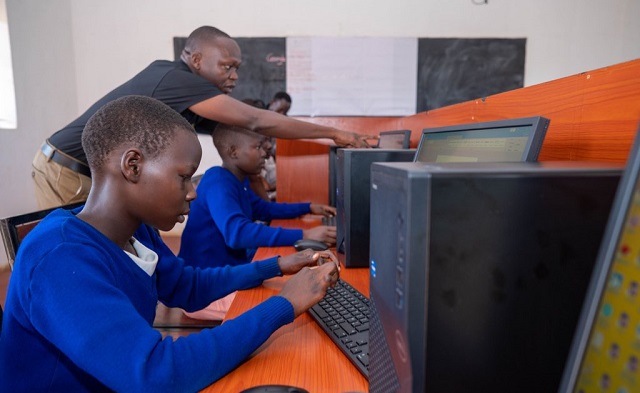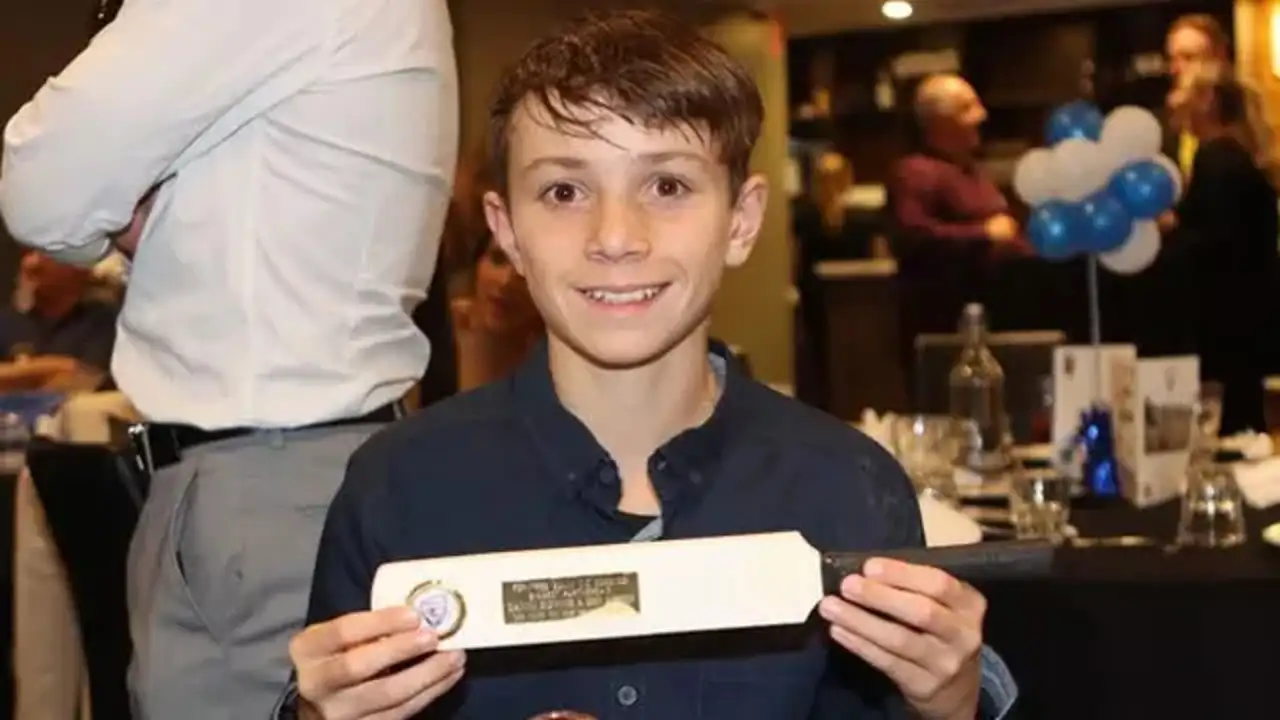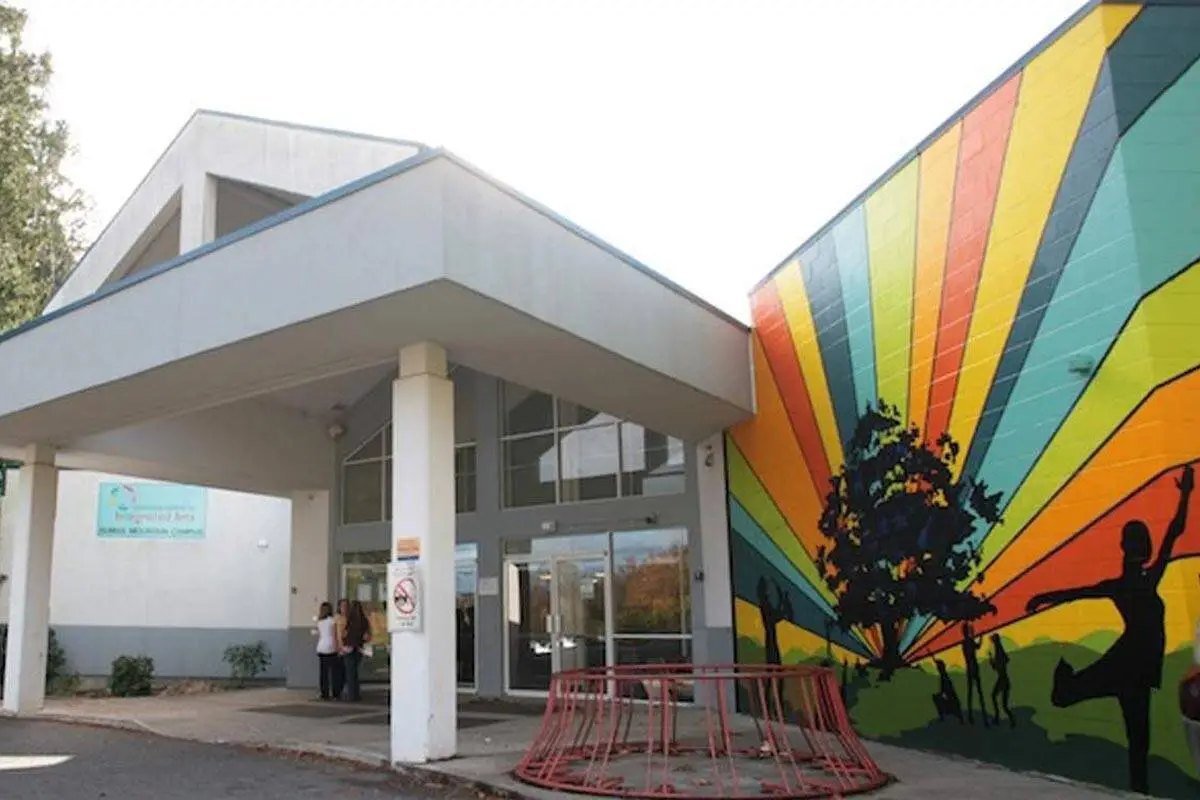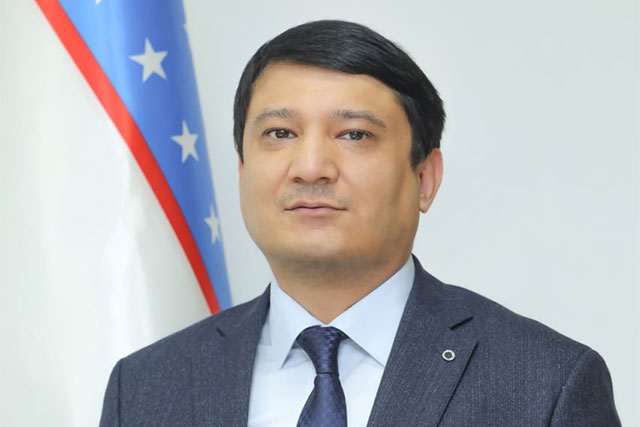Copyright Slate
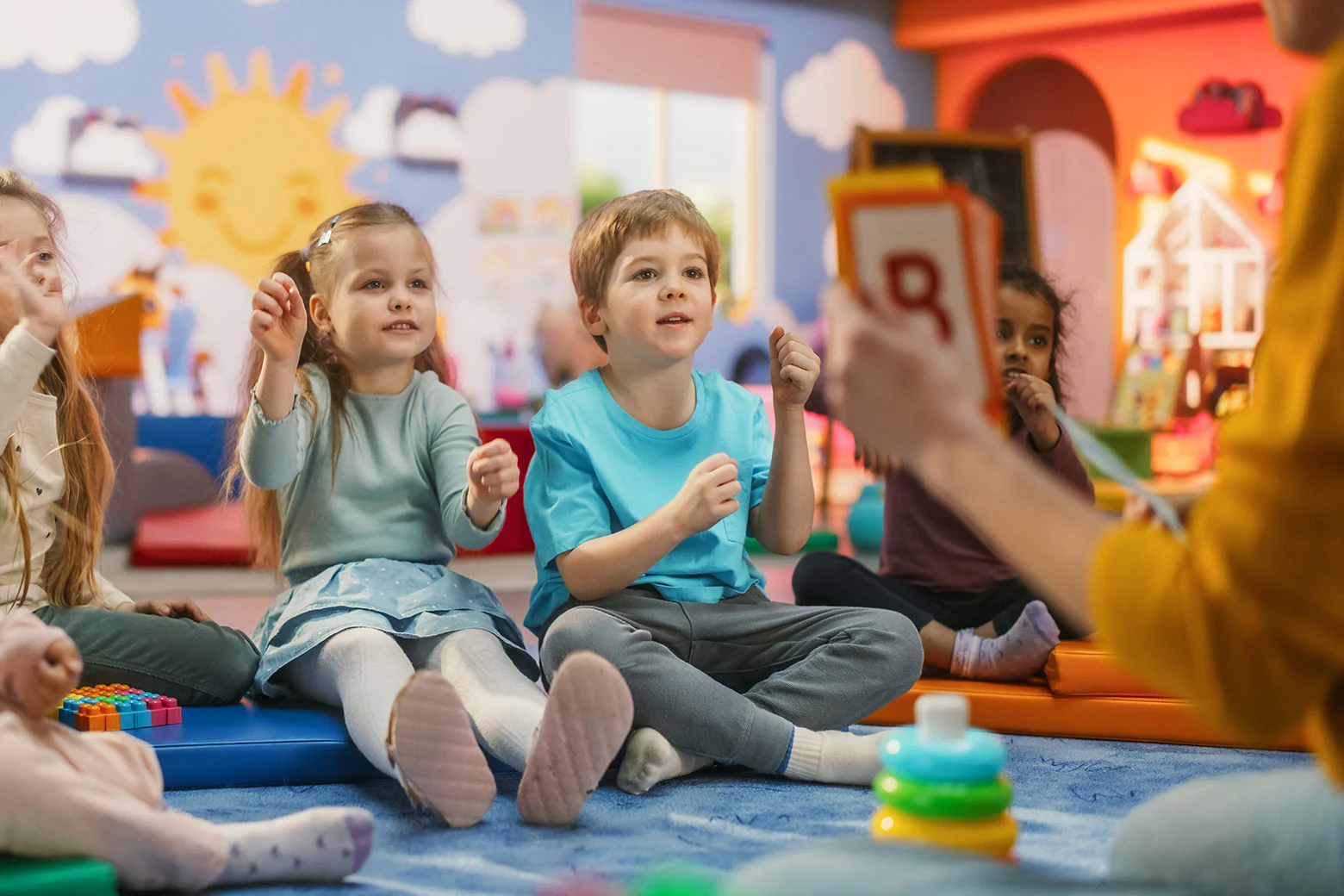
This story about gifted education was produced by the Hechinger Report, a nonprofit, independent news organization focused on inequality and innovation in education. Sign up for the Hechinger newsletter. When I was a kindergartner in the 1980s, the “gifted” programming for my class could be found inside of a chest. I don’t know what toys and learning materials lived there, since I wasn’t one of the handful of presumably more academically advanced kiddos that my kindergarten teacher invited to open the chest. My distinct impression at the time was that my teacher didn’t think I was worthy of the enrichment because I frequently spilled my chocolate milk at lunch and I had also once forgotten to hang a sheet of paper on the class easel—instead painting an elaborate and detailed picture on the stand itself. The withering look on my teacher’s face after seeing the easel assured me that gifted I was not. The memory, and the enduring mystery of that chest, resurfaced recently when New York City mayoral front-runner Zohran Mamdani announced that if elected on Tuesday, he would support ending kindergarten entry to the city’s public school gifted program. Although many pundits and parents debated the political fallout of the proposal—the city’s segregated gifted program has for decades been credited with keeping many white and wealthier families in the public school system—I wondered what exactly it means to be a gifted kindergartner. In New York City, the determination is made several months before kindergarten starts, but how good is a screening mechanism for 4-year-olds at predicting academic prowess years down the road? New York is not unique in opting to send kids as young as preschool down an accelerated path, no repeat display of giftedness required. It’s common practice at many private schools to try to measure young children’s academic abilities for admissions purposes. Other communities, including Houston and Miami, start gifted or accelerated programs in public schools as early as kindergarten, according to the National Center for Research on Gifted Education. When I reported on schools in New Orleans 15 years ago, they even had a few gifted prekindergarten programs at highly sought-after public schools that enrolled 4-year-olds whose seemingly stunning intellectual abilities were determined at age 3. It’s more common, however, for gifted programs in public schools to start between grades 2 and 4, according to the center’s surveys. There is an assumption embedded in the persistence of gifted programs for the littles that it’s possible to assess a child’s potential, sometimes before they even start school. New York City has followed a long and winding road in its search for the best way to do this. And after more than five decades, its experience offers a case study in how elusive—and at times distracting—that quest remains. There are three main strategies used to assign young children to gifted programs, according to the center. The most common path is cognitive testing, which attempts to rate a child’s intelligence in relation to their peer group. Then there is achievement testing, which is supposed to measure how much and how fast a child is learning in school. The third strategy is teacher evaluations. Some districts use the three measures in combination with one another. For nearly four decades, New York prioritized the first strategy, deploying an ever-evolving array of cognitive and IQ tests on its would-be gifted 4-year-olds—tests that families often signed up for in search of competitive advantage as much as anything else. Several years ago, a Brooklyn parent named Christine checked out an open house for a citywide gifted elementary school, knowing that her child was likely just shy of the test score needed to get in. (To protect her daughter’s privacy, Christine asked that her last name not be used for this story.) The school required her to show paperwork at the door confirming that her daughter had a relatively high score; when Christine flashed the proof, the PTA member congratulated her. That and the lack of diversity gave the school an exclusive vibe, Christine recalled. “The resources were incredible,” she said. “The library was huge, there was a room full of blocks. It definitely made me envious, because I knew she was not getting in.” Yet, years later, she feels “icky” about even visiting. Eishika Ahmed’s parents had opportunities of all kinds in mind when they had her tested for gifted kindergarten nearly two decades ago. Ahmed, now 23, remembers an administrator in a small white room with fluorescent lights asking her which boat in a series of cartoonish pictures was “wide.” The then 4-year-old had no idea. “She didn’t look very pleased with my answer,” Ahmed recalled. She did not get into the kindergarten program. Equity and reliability have been long-running concerns for districts relying on cognitive tests. In New York, public school parents in some districts were once able to pay private psychologists to evaluate their children—a permissiveness that led to “a series of alleged abuses,” wrote Norm Fruchter, a now-deceased activist, educator, and school board leader in a 2019 journal article titled “The Spoils of Whiteness: New York City’s Gifted and Talented Programs.” In New Orleans, there was a similar disparity between the public and private testing of 3-year-olds when I lived and reported on schools there. Families could sit on a waitlist, sometimes for months, to take their children through the free process at the district central office. In 2008, the year I wrote about the issue, only five of the 153 3-year-olds tested by the district met the gifted benchmark. But families could also pay a few hundred dollars and go to a private tester who, over the same time period, identified at least 64 children as gifted. “I don’t know if everybody is paying,” one parent told me at the time, “but it defeats the purpose of a public school if you have to pay $300 to get them in.” Even after New York City districts outlawed private testers, concerns persisted about parents paying for pricey and extensive test prep to teach kids common words and concepts featured on the tests. Moreover, some researchers have worried about racial and cultural bias in cognitive tests more generally. Critics, Fruchter wrote, had long considered them at least partly to assess knowledge of the “reigning cultural milieu in which test-makers and applicants alike were immersed.” Across the country, these concerns have led some schools and districts, including in New York City, to shift to “nonverbal tests,” which try to assess innate capacity more than experience and exposure. But those tests haven’t made cognitive testing more equitable, said Betsy McCoach, a professor of psychometrics and quantitative psychology at Fordham University and co-principal investigator at the National Center for Research on Gifted Education. “There is no way to take prior experience out of a test,” she said. “I wish we could.” Children who’ve had more exposure to tests, problem-solving, and patterns are still going to have an advantage on a nonverbal test, McCoach added. And no test can overcome the fact that for very young children, scores can change significantly from year to year, or even week to week. In 2024, researchers analyzed more than 200 studies on the stability of cognitive abilities at different ages. They found that for 4-year-olds, cognitive test scores are not very predictive of long-term scores—or even necessarily short-term ones. There’s not enough stability “to say that if we assess someone at age 4, 5, 6, or 7, that a child would or wouldn’t be well served by being in a gifted program” for multiple years, said Moritz Breit, the lead author of the study and a postdoctoral researcher in the psychology department at the University of Trier in Germany. Scores don’t start to become very consistent until later in elementary school, with stability peaking in late adolescence. But for 4-year-olds? “Stability is too low for high-stakes decisions,” Breit said. Ahmed is just one example of how poor early testing can be in predicting future achievement. Even though she did not enroll in the kindergarten gifted program, by third grade she was selected for an accelerated program at her school called “top class.” Years later, still struck by the inequity of the whole process, she wrote an essay for the think tank the Century Foundation about it. “The elementary school a child attends shouldn’t have such significant influence over the trajectory of their entire life,” she wrote. “But for students in New York City public schools, there is a real pipeline effect that extends from kindergarten to college. Students who do not enter the pipeline by attending G&T programs at an early age might not have the opportunity to try again.” Partly because of the concerns about cognitive tests, New York City dropped intelligence testing entirely in 2021 and shifted to declaring kindergartners gifted based on pre-K teacher recommendations. A recent article in Chalkbeat noted that after testing ended for the youngest, diversity in the kindergarten gifted program increased: In 2023–24, 30 percent of the children were Black and Latino, compared to just 12 percent in 2020. Teachers in the programs also describe enrolling a broader range of students, including more neurodivergent ones. The big problem, according to several experts, is that when hundreds of individual pre-K teachers evaluate 4-year-olds for giftedness, any consistency in defining it can get lost, even if the teachers are guided on what to look for. “The word is drained of meaning because teachers are not thinking about the same thing,” said Sam Meisels, the founding executive director of the Buffett Early Childhood Institute at the University of Nebraska. Breit said that research has found that teacher evaluations and grades for young children are less stable and predictive than the (already unstable) cognitive testing. “People are very bad at looking at another person and inferring a lot about what’s going on under the hood,” he said. “When you say ‘Cognitive abilities are not stable, let’s switch to something else,’ the problem is that there is nothing else to switch to when the goal is stability. Young children are changing a lot.” No one denies that access to gifted programming has been transformative for countless children. McCoach, the Fordham professor, points out that there should be something more challenging for the kids who arrive at kindergarten already reading and doing arithmetic, who might be bored moving at the regular pace. In an ideal world, experts say, there would be universal screening for giftedness (a method some districts, but not New York, have embraced), using multiple measures in a thoughtful way, and there would be frequent entry—and exit—points for the programs. In the early elementary years, that would look less like separate gifted programming and a lot more like meeting every kid where they are. “The question shouldn’t really be ‘Are you the Big G?’ ” said McCoach. “That sounds so permanent and stable. The question should be ‘Who are the kids who need something more than what we are providing in the curriculum?’ ” But in the real world, individualized instruction has frequently proved elusive with underresourced schools, large class sizes, and teachers who are tasked with catching up the students who are furthest behind. That persistent struggle has provided advocates of gifted education in the early elementary years with what’s perhaps their most powerful argument in sustaining such programs—but it reminds me of that old adage about treating the symptom rather than the disease. At some point a year or two after kindergarten, I did get the chance to be among the chosen when I was selected for a pullout program known as BEEP. I have no recollection of how we were picked, how often we met, or what we did, apart from a performance the BEEP kids held of St. George and the Dragon. I played St. George, and I remember uttering one line, declaring my intent to fight the dragon or die. I also remember vividly how much being in BEEP boosted my confidence in my potential—probably its greatest gift. Forty years later, the research is clear that every kid deserves the chance—and not just one—to slay a dragon. “You want to give every child the best opportunity to learn as possible,” said Meisels. But when it comes to separate gifted programming for select early elementary school students, “is there something out there that says their selection is valid? We don’t have that. “It seems,” he added, “to be a case of people just fooling themselves with the language.”
